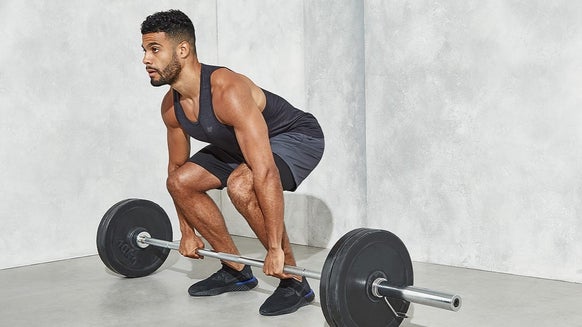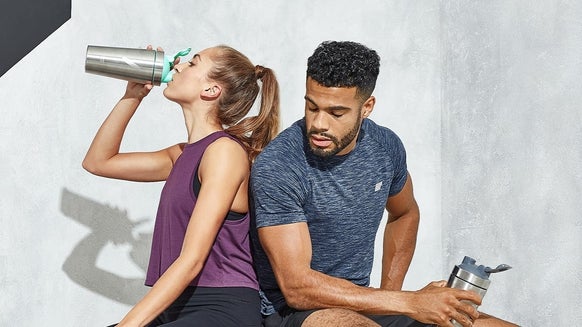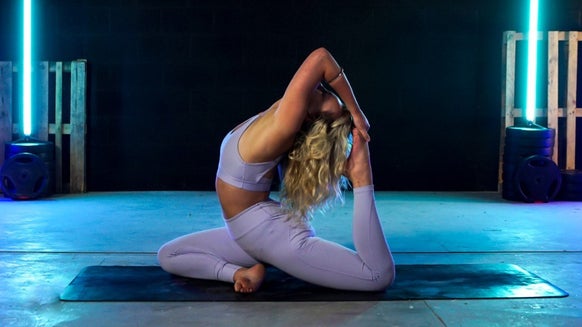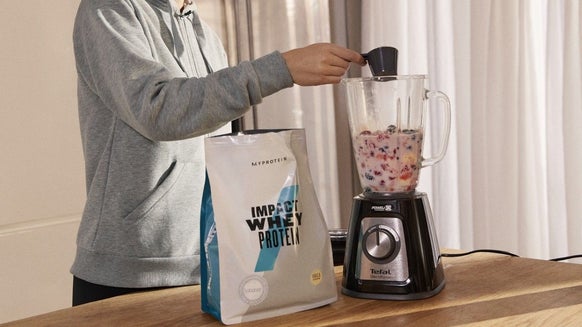Seated Leg Curl Exercise | Technique & Common Mistakes
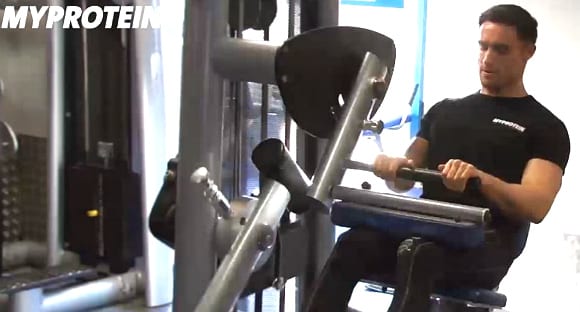
By Myprotein Writer
Jamie Wykes Hobday
The hamstring is one of three muscles creating the posterior chain of the leg. Along with the glutes and calves; the hamstring provide key bodily functionalities, muscular stability and symmetry as well as contributing significantly to athletic movements and performance.
Whilst it is commonly just known as the hamstring muscle, the hamstring is actually comprised of three muscles.
1) The biceps femurs short head
2) Biceps femoris long head
3) The semimembranosus
All three play a vital role in movements such as squats, walking, running and essentially any lower body movements as these are the muscles that bend the knee during movements. Meanwhile, the biceps femoris long head and semimembranosus extend the hip joint in movements.
The hamstrings are key to aesthetics, performance and functionality. Advantages of training the hamstrings efficiently include;
Benefits Of Hamstring Training
? Postural Benefits
Hamstrings stabilise the hip joints and will therefore keep the spine firmly aligned.
? Athletic Performance
Due to the fact that hamstrings play a key role in knee flexion and hip extension, they are pretty much essential for the running motion. Knee flexion and hip extension are also key in movements such as jumping, kicking, skipping and more.
? Body Balance
Muscles often work in pairs. For example, hamstrings with quads, hamstrings with calves, hamstrings with glutes. If they work well together, they work in a complimentary fashion. However, if one muscle is weak then this will detrimentally affect the other. This imbalance can lead to threatening injuries such as muscle strains and ligament tears.
? Injury Prevention
Due to the fact that the hamstrings, in general are weaker than the quads and somewhat less developed; this can eventually lead to ACL ruptures and problematic injuries. The ACL is one of the four ligaments in the knee and works closely with the knee, quads and hamstrings. Developing the hamstrings will not only improve the quad:hamstring ratio but it will also give an element of stability across the knee joint and reduce the ACL from becoming vulnerable to tears and unnecessarily physically stressed.
Whilst key compound movements for the hamstrings include deadlifts, lunges, deadlift variations and bridges; the hamstring curl is the predominant isolation movement when looking to solely target the muscle alone.
Performed seated or standing, the hamstring curl is a key factor of any training program looking to develop the hamstrings or the legs in general.
The Hamstring Curl |
Seated Exercise Technique

1) Take a seat on the machine with your back placed comfortably against the pad.
2) Position your lower leg against the pad of the extended lever, adjust the lap pad so that it is securely holding your legs in position. The lap pad should be between the knees and the hip.
3) Whilst your toes are facing forwards, make sure that your legs are levered in with the machine comfortably, but are also fully extended directly in front of you.
4) Whilst breathing out (exhaling), flex your knees using just your hamstrings; this should pull the lever inwards. Continue to do so until the machine is pulled back far enough that it is almost hitting the back of your thighs.
5) Throughout the movement, there should be no movement except from your legs. Your upper body should be kept stationary throughout the entire movement.
Ensure that your body is comfortable and stationary as doing otherwise could lead to lower back problems or hamstring strain.
6) As the contraction is felt at the thigh muscle, squeeze and hold for a brief second before slowly (eccentrically) releasing back to the position you began with. Whilst you are doing so, inhale your breath as much as possible.
The Hamstring Curl |
Common Mistakes
? Not Enough Stimulus
Due to the fact that the hamstrings are one of the largest muscle groups in the body, they should be hit with a large amount of volume. Be sure to apply a sufficient amount of exercises, sets and reps that will adequately stimulate the hamstring muscles.
If you have again found yourself neglecting your hamstrings, apply the priority principal. Next time you train legs, maybe start with hamstrings so that you are focused on them and have the forefront of your energy stores at hand to use for them.
? Quad Dominance
Leading on from the previous point, as previously stated, the hamstrings often get ignored and neglected; however, this time we will asses how it will result in unsymmetrical legs and quad dominance.
Training hamstrings will give the overall leg the desired shape and proportions that most are after. If you are a bodybuilder or physique competior, a ‘rear double biceps pose’ or ‘side chest’ will never look complete if your hamstrings are lagging in comparison to the quads.
? Injury
The hamstrings are one of the most commonly injured muscles in fitness/sport today. Due to muscular overload (when the muscle is unprepared and stretched radically beyond its range of motion or presented with a sudden stimulus), quad dominance/hamstring imbalances, failure to adequately warm up and inactive glutes (glutes and hamstrings operate together simultaneously); the hamstrings are vulnerable to become injured.
To prevent this, it is important to train them enough, as well as implying the following injury prevention methods;
Top Tip - GET ECCENTRIC
An eccentric contraction or the negative phase of an exercise is the movement of a muscle whilst it is lengthening under resistance. Applying this method of eccentric work is known as eccentric training or negatives!
Due to the fibres that make up the hamstrings, they are a muscle that react extremely well under the stimulus of eccentric work.
The next time you perform the hamstring curl, aim to perform the concentric (inwards phase) explosively for 1 second, whilst you slowly perform the eccentric (releasing phase) for 3 seconds.
Remember to squeeze at the point of contraction…And to buy a wheelchair for after the workout!
Seated or Lying Leg Curl?
As mentioned previously, three muscles constitute the hamstring muscle and as a result; each muscle should be targeted sufficiently. Failure to do so could lead to aesthetic disproportions, muscular imbalances and therefore potential injury likelihood.
Lying leg curls will emphasise the outer of the hamstrings or more formally known as the biceps femoris head, whilst the seated leg curls will target the inner side of the hamstring. Be sure to combine both exercises during your next hamstring workout.

